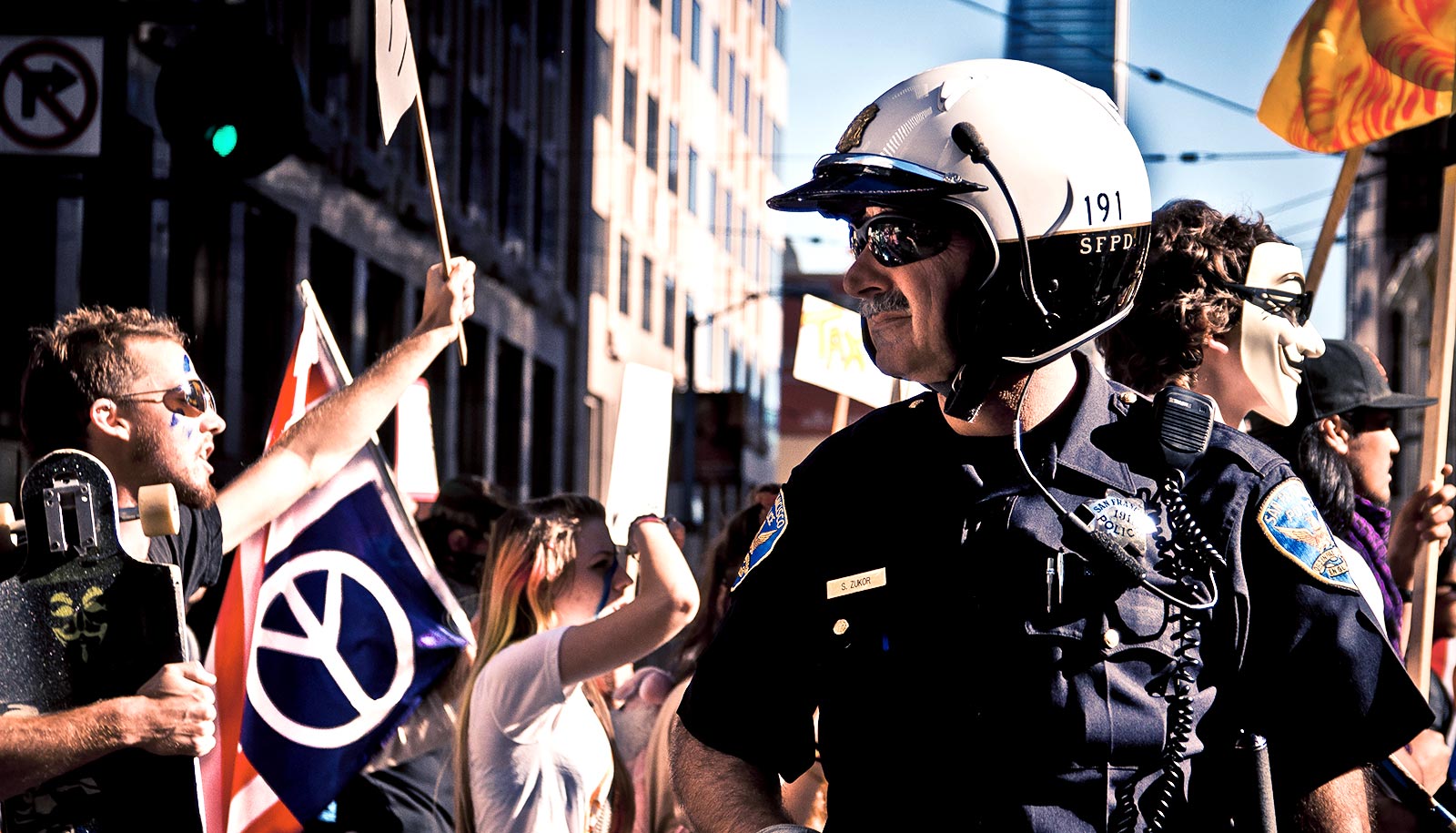New research shows that social media can be a useful resource of information for police when managing major disruptive events like riots or large-scale protests.
An analysis of data taken from the London riots in 2011 shows that computer systems could automatically scan through Twitter and detect serious incidents, such as shops being broken into and cars being set alight, before reports reached the Metropolitan Police Service.
“Coming from a policing background myself I see the need for this type of cutting-edge research every day…”
The computer system could also discern information about where the riots were rumored to take place and where groups of youths were gathering.
The study comes just days after the Chief Constable of West Midlands Police claimed that police would face “real challenges” tackling a repeat of the 2011 riots following years of budget cuts.
The new research shows that, on average, the computer systems could pick up on disruptive events several minutes before officials and over an hour in some cases.
The researchers believe that their work could enable police officers to better manage and prepare for both large and small scale disruptive events.
“We have previously used machine-learning and natural language processing on Twitter data to better understand online deviance, such as the spread of antagonistic narratives and cyber hate,” says coauthor Pete Burnap from Cardiff University’s School of Computer Science and Informatics.
“In this research we show that online social media are becoming the go-to place to report observations of everyday occurrences—including social disorder and terrestrial criminal activity. We will never replace traditional policing resource on the ground but we have demonstrated that this research could augment existing intelligence gathering and draw on new technologies to support more established policing methods.”
Scientists are continually looking to the swathes of data produced from Twitter, Facebook, and YouTube to help them to detect events in real-time.
Estimates put social media membership at approximately 2.5 billion non-unique users, and the data produced by these users have been used to predict elections, movie revenues, and even the epicenter of earthquakes.
Why protestors in Taksim Square turned to Twitter
In their study, the research team analyzed 1.6 million tweets relating to the 2011 riots in England, which began as an isolated incident in Tottenham on August 6 but quickly spread across London and to other cities in England, giving rise to looting, destruction of property, and levels of violence not seen in England for more than 30 years.
The researchers used a series of machine-learning algorithms to analyze each of the tweets from the dataset, taking into account a number of key features such as the time they were posted, the location where they were posted, and the content of the tweet itself.
Results show that the machine-learning algorithms were quicker than police sources in all but two of the disruptive events reported.
When the first reports of disorder occurring in Enfield were received by the police, the researchers showed that their system could have picked up this information from Twitter 1 hour and 23 minutes earlier.
Nasser Alsaedi, who recently completed his PhD under the supervision of Burnap says: “Coming from a policing background myself I see the need for this type of cutting edge research every day. I wanted to develop a thesis that could have a real impact in real-world policing. I would like to see this implemented alongside the established decision-making processes.”
Cardiff University’s Social Data Science Lab, within which Burnap is a director, have an ongoing partnership with the Metropolitan Police Service aimed at using social media for the benefit of security and policing.
The study appears in the journal ACM Transactions on Internet Technology.
Source: Cardiff University



